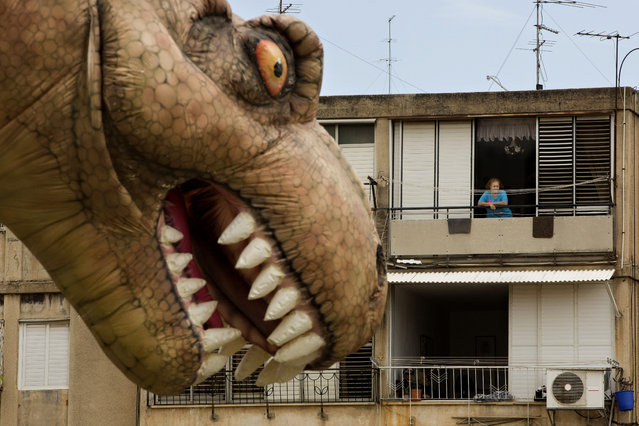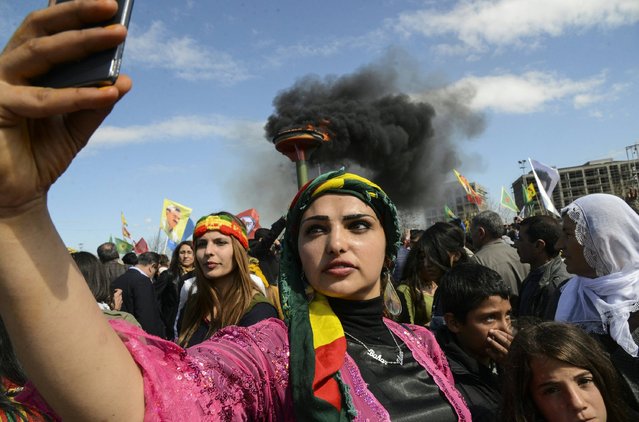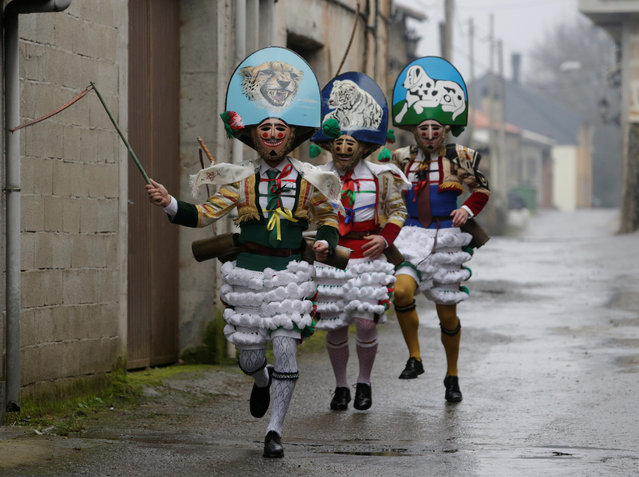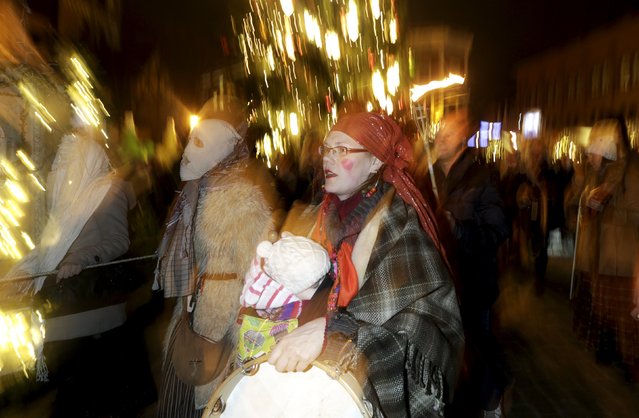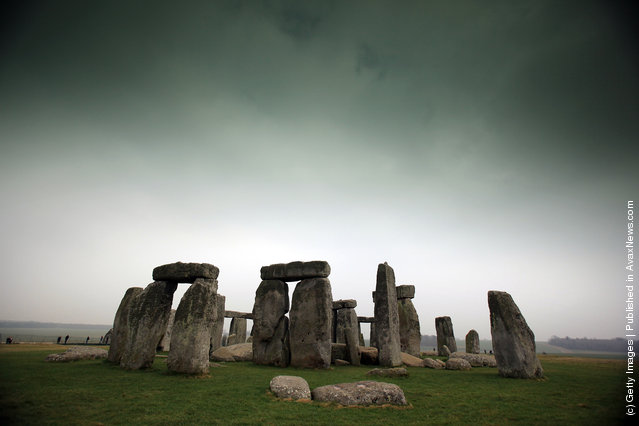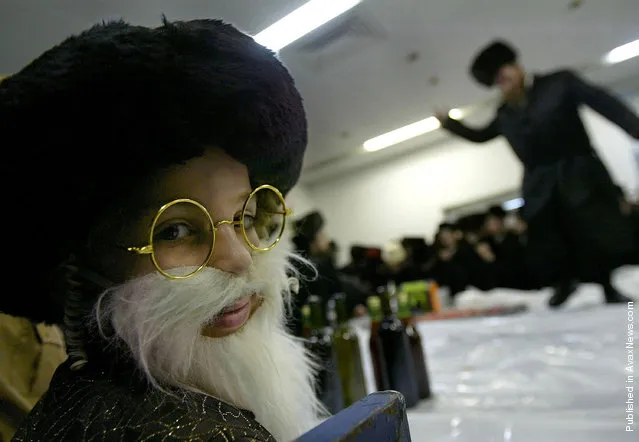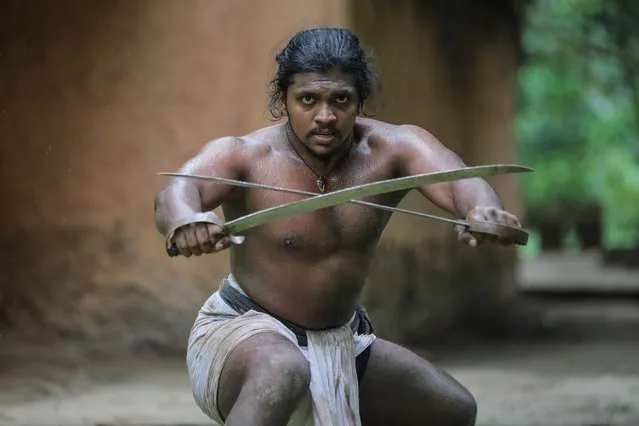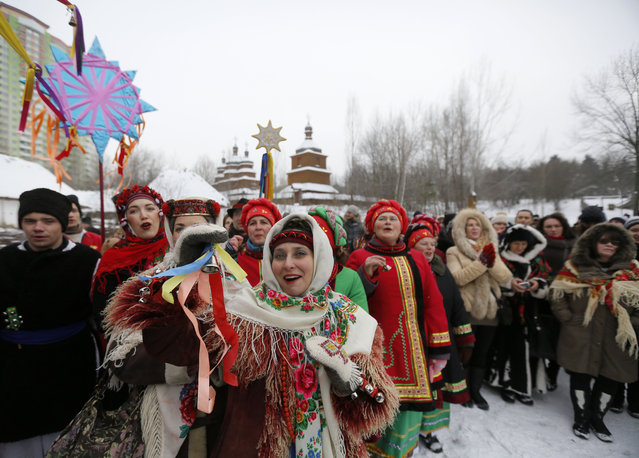
Ukrainians wearing traditional costumes sing Kolyadky or Ukrainian Christmas Carols, as a part of Orthodox Christmas in Kiev, Ukraine, Thursday, January 7 2016. Orthodox Christians mark their traditional Christmas Day Jan. 7, with many ancient symbolic events. (Photo by Sergei Chuzavkov/AP Photo)
09 Jan 2016 08:06:00,post received
0 comments

